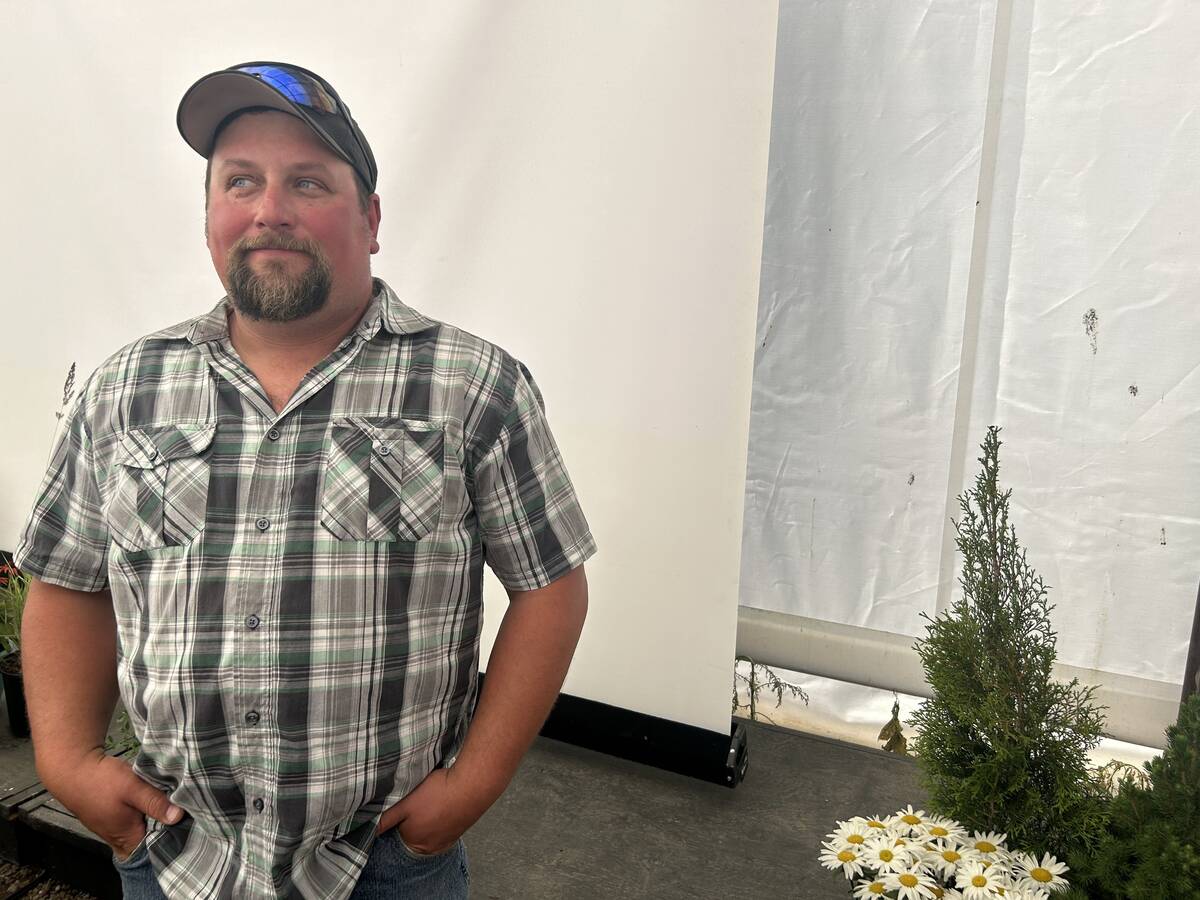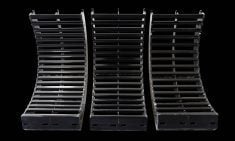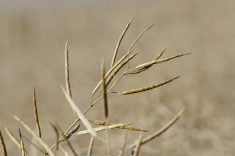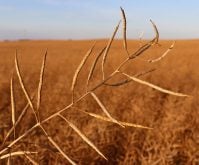Manitoba canola growers face some frustration on the swather this year. Many have had trouble getting the crop through the machine.
“In Manitoba this year, our canola is very tall,” said Courtney Boyachek, agronomist with both the Manitoba Canola Growers and the Canola Council of Canada. “I’m not a very tall person, but when I can walk into the field and it’s taller than my head, or about as tall as me or up to my shoulders, it’s fairly tall.
“I can’t speak to the rhyme or reason why it’s so tall this year, but we are seeing it across a lot of different hybrids in a lot of different regions of Manitoba – different soil types. It’s just kind of a weird thing that’s happening this year.”
Read Also

Three paths of rengerative agriculture
From integrating livestock to grassland financial incentives to precision grazing, Canadian farmers are searching for practical paths to marry farm resilience with profit
Why it matters: Tall canola stands are frustrating to harvest and it’s unclear how they will translate to yield.
The issue is more Manitoba-centric in 2023. Shawn Senko, another national canola council agronomist based out of Saskatoon, said he hasn’t heard the same reports in the western Prairies.
Farmers experiencing the phenomenon face several issues, among them simply getting the swath through the feeder hole, said Boyachek. But some may have a solution to that, she noted, since the opening can be widened on some swathers.
“Number two, you’re going to get some big beaver huts, which you don’t want. Then you’ve got to get through those with the combine.
“First things first, you can cut higher, but slow and steady’s going to win the race, which is not necessarily what people are going to want to hear.”
As of the Sept. 12 provincial crop report, about 35 per cent of the province’s canola had come off the field. The central region led the way, with 60 per cent of canola harvest complete, while other regions lagged from 10 per cent (Interlake) to 30 per cent (southwest) done.
Quality mostly clocked in at “fair” to “mostly good,” the province noted. No yield numbers were provided.

Straight cutting
The obvious next option for tall canola stands is to park the swather and use a straight cut header on the combine, hopefully when more mature stalks are easier to cut.
That has risks for those who didn’t prioritize pod shatter in their variety choice.
Senko urged producers to double check the pod-shatter rating on their chosen variety, but a lot of the shatter danger will be determined by the crop.
“If it’s a bit leaning, knit together, it tends to move all as one in the wind and your risk of pod shatter … is much lower than a really free-standing crop,” he said.
Producers concerned about pod shatter should be ready to jump into the field as soon as it’s ready, to limit the risk.
“You may need to stop doing what you’re doing in another crop,” Senko warned, and don’t be too aggressive with the header.
Varied maturity is another potential issue. Senko reminded producers to wait until the least mature parts of the field are ready for harvest and ensure proper timing if using a desiccant or glyphosate.
“You don’t want to be early in there and either causing MRL [maximum residue limit] issues or causing yield loss due to seed shrinkage or locking in green seed.”
Producers should also monitor loss in unusually tall crop, and tweak combine settings when necessary.
Change the set up
Senko and Boyachek had several suggestions to get through the crop without straight cutting.
Producers might consider using only a portion of the swather width, creating a smaller swath.
“That’s also, I know, not ideal when we’re talking about time management and whatnot. It’s going to cause you to take longer to swath that field, but it might be more manageable,” Boyachek said.
Several machinery adjustments can help with that strategy, she noted. Producers can add row dividers or vertical knives if crop is leaning to one side or bunching.
“That can make it easier to swath. However, that will increase your losses, so that’s something to be really hypersensitive to.”
A phone call to the equipment dealer is an order if producers are considering those types of modifications.
Residue management
Producers who cut high to limit material passing through the equipment will have another problem to manage later: high stubble.
That’s manageable for those who employ conventional tilling, Boyachek said, but it’s a potential headache for producers who practice minimal or zero-till.
“They might just have to adjust this year, maybe have to do an extra harrowing pass, something that fits in their system.”
Added Senko: “Most growers know how much stubble they can leave and still clear it with the drill the next spring.”
















